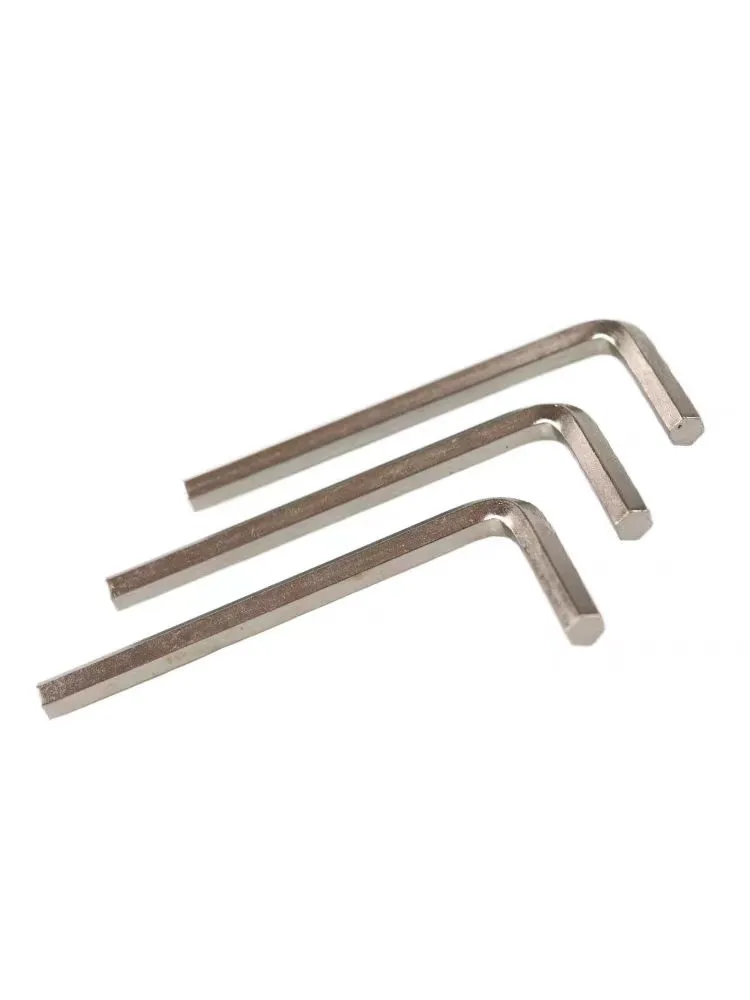

Exhaust Manifold Flange Nut Specifications and Installation Guide for Optimal Performance
Nov . 27, 2024 04:43 Back to list
Exhaust Manifold Flange Nut Specifications and Installation Guide for Optimal Performance
Understanding Exhaust Manifold Flange Nuts Importance and Best Practices
Exhaust manifold flange nuts play a crucial role in an automobile's exhaust system. They are designed to secure the exhaust manifold, which connects the engine's cylinders to the exhaust system, thereby facilitating the efficient expulsion of exhaust gases. These nuts are often made from materials that can withstand extreme temperatures and corrosive environments, typically using high-strength steel or stainless steel to ensure durability and longevity.
Importance of Exhaust Manifold Flange Nuts
The primary function of exhaust manifold flange nuts is to hold the exhaust manifold tightly against the engine block. This is vital for several reasons
1. Sealing Properly secured nuts create a tight seal that prevents exhaust leaks. Exhaust leaks can lead to a decrease in engine performance, increased fuel consumption, and harmful emissions. Additionally, leaks can introduce dangerous gases into the engine compartment, posing serious health risks to passengers.
2. Heat Management As exhaust gases exit the engine, they are extremely hot. The nuts ensure that the manifold retains its shape and proper alignment, which is critical for directing heat away from sensitive engine components. Overheating can cause serious engine damage, reducing overall vehicle longevity.
3. Vibration Resistance Vehicles are subject to significant vibrations, particularly during operation. Exhaust manifold flange nuts must be able to withstand these vibrations without loosening. When nuts are properly torqued, they help maintain the integrity of the exhaust manifold and prevent premature wear or failure.
Selecting the Right Exhaust Manifold Flange Nuts
When it comes to replacement or installation, selecting the right type of exhaust manifold flange nuts is essential. Here are a few considerations
1. Material Choose nuts made from high-temperature resistant materials, preferably stainless steel or heat-treated alloys that can manage thermal expansion and resist corrosion.
exhaust manifold flange nuts

2. Size and Threads Ensure the nuts match the specifications of the original components. Using incorrect sizes or thread types can lead to inadequate sealing and potential damage.
3. Locking Mechanisms Some flange nuts come with built-in locking features, such as nylon inserts or serrated edges, which can help prevent loosening due to vibrations. These are particularly beneficial for high-performance or modified engines.
Installation and Maintenance Tips
1. Proper Torque Specifications Always follow the manufacturer’s specifications for torque settings. Over-tightening can strip threads or lead to gasket deformation, while under-tightening can allow exhaust gases to leak.
2. Use of Gaskets When installing exhaust manifold flange nuts, it is essential to use high-quality gaskets specifically designed for exhaust systems. This further enhances sealing and prevents leaks.
3. Regular Inspection It’s a good practice to inspect exhaust manifold flange nuts periodically, particularly in older vehicles or those used in rugged conditions. Look for signs of corrosion, wear, or loosening.
4. Heat Cycles After installation, it’s beneficial to perform a re-torque after a heat cycle. As the engine heats up and then cools down, components can shift slightly, necessitating an adjustment to maintain proper tension.
Conclusion
Exhaust manifold flange nuts may seem like small components within the vast system of an automobile, but their significance cannot be overstated. They play a vital role in ensuring the efficient operation of the exhaust system, affecting engine performance, safety, and emissions. Investing in quality nuts and adhering to best practices during installation and maintenance can lead to longer-lasting engine health and better overall vehicle performance. Understanding these components is key to effectively managing an automobile’s exhaust system, ensuring not just efficiency but also adherence to safety standards.
Latest news
-
High-Strength Hot Dip Galvanized Bolts - Hebei Longze | Corrosion Resistance, Customization
NewsJul.30,2025
-
Hot Dip Galvanized Bolts-Hebei Longze|Corrosion Resistance&High Strength
NewsJul.30,2025
-
High-Strength Hot-Dip Galvanized Bolts-Hebei Longze|Corrosion Resistance&High Strength
NewsJul.30,2025
-
Hot Dip Galvanized Bolts-Hebei Longze|Corrosion Resistance&High Strength
NewsJul.30,2025
-
Hot Dip Galvanized Bolts - Hebei Longze | Corrosion Resistance, High Strength
NewsJul.30,2025
-
High-Strength Hot Dip Galvanized Bolts-Hebei Longze|Corrosion Resistance, Grade 8.8
NewsJul.30,2025

